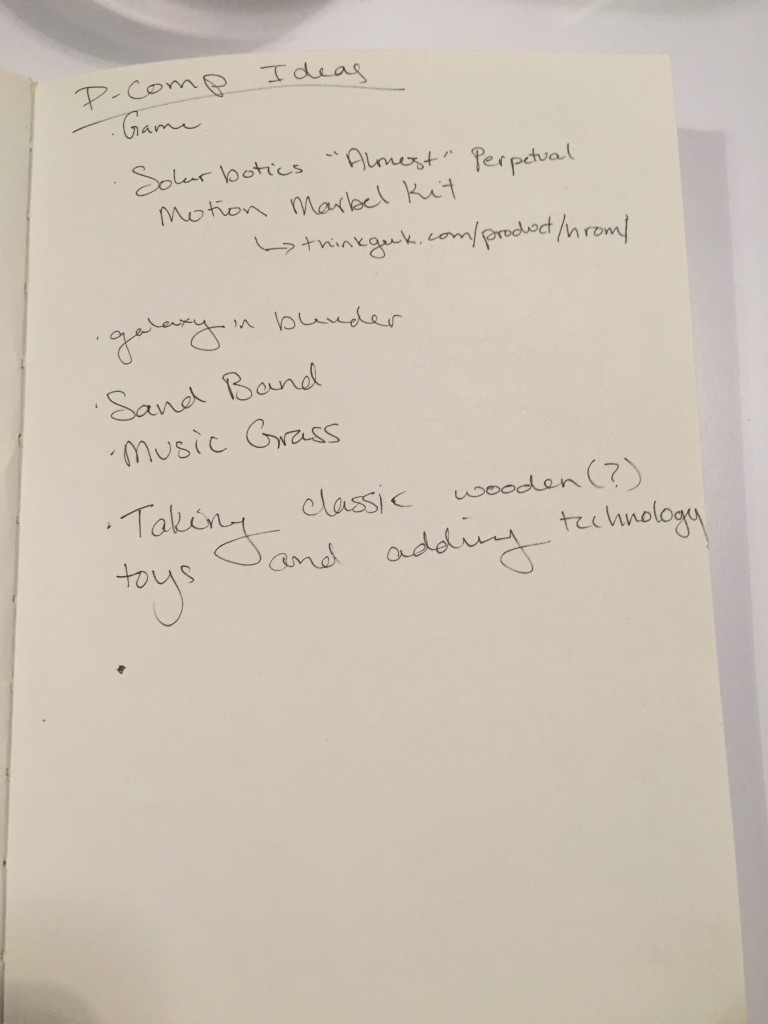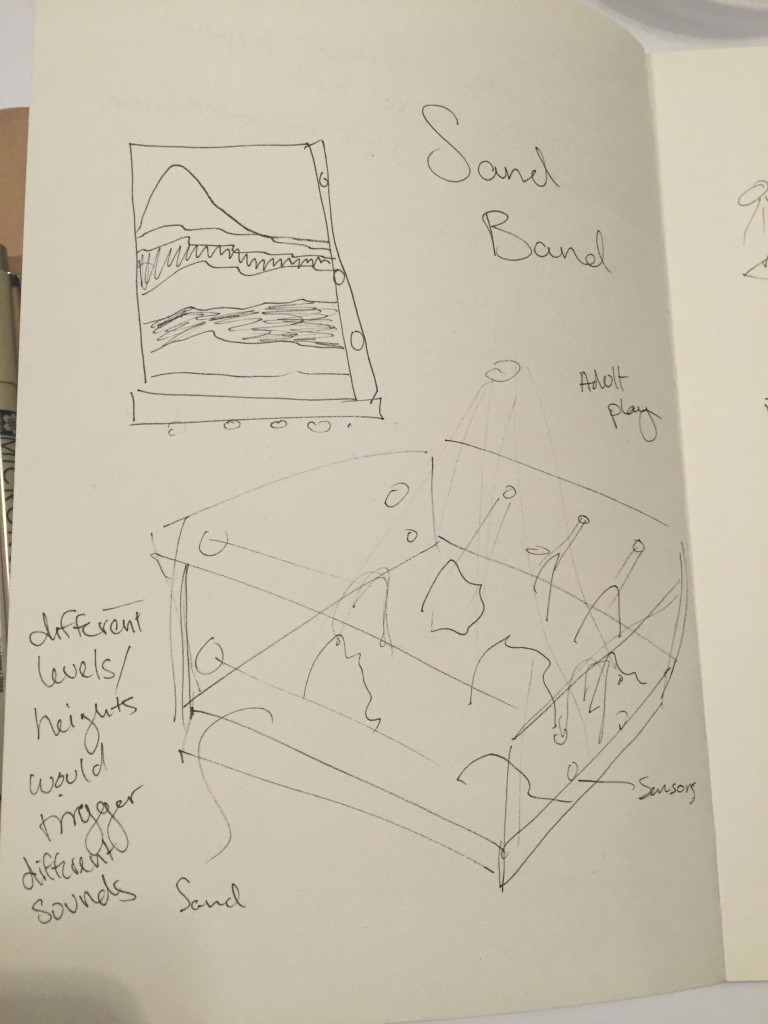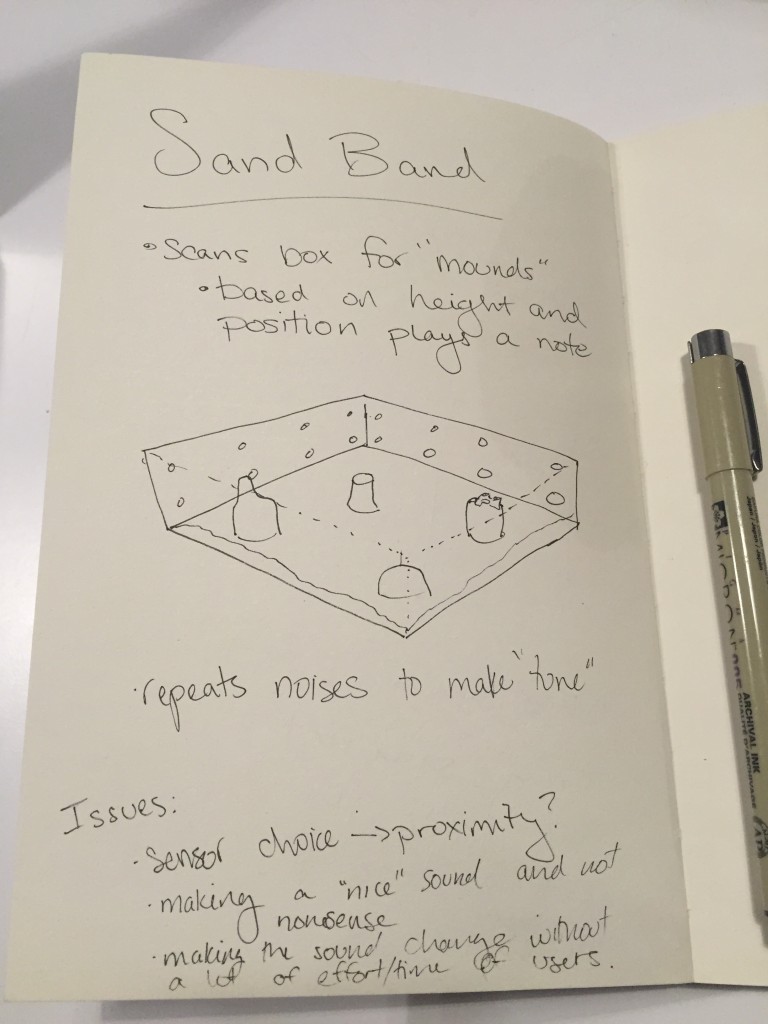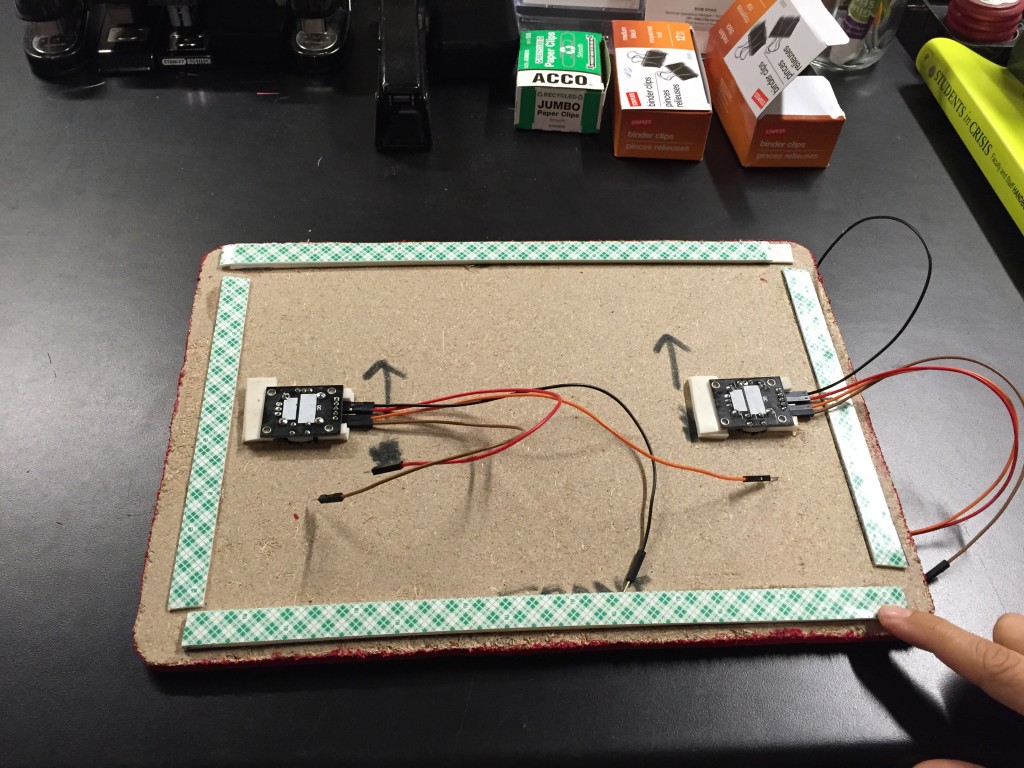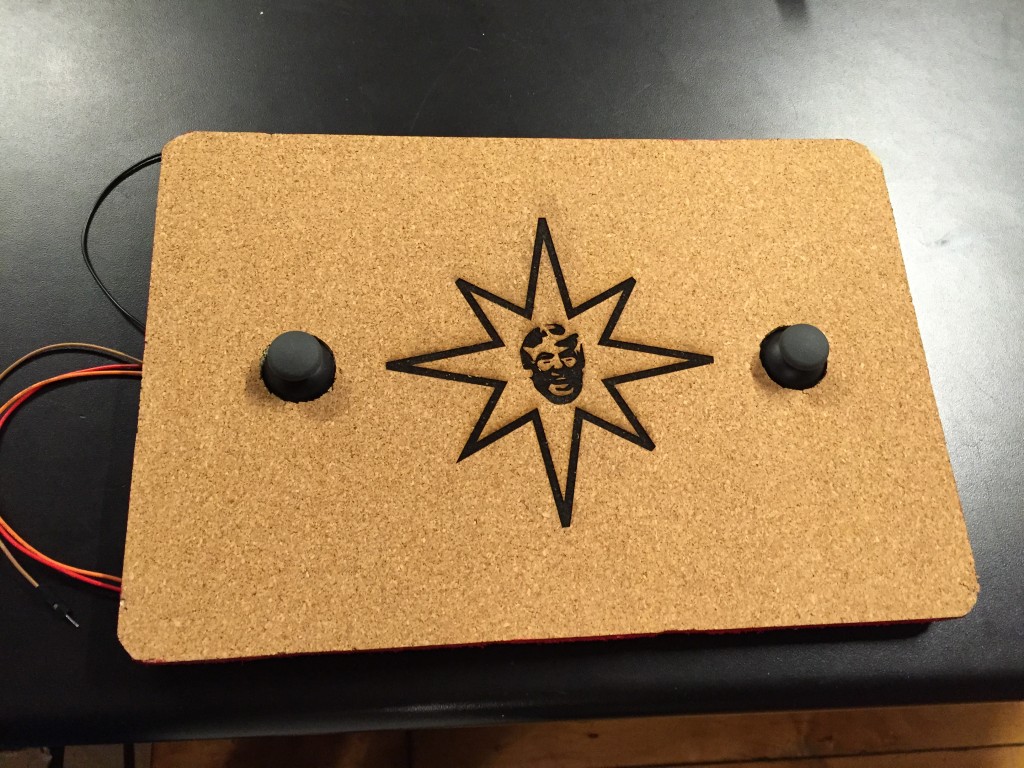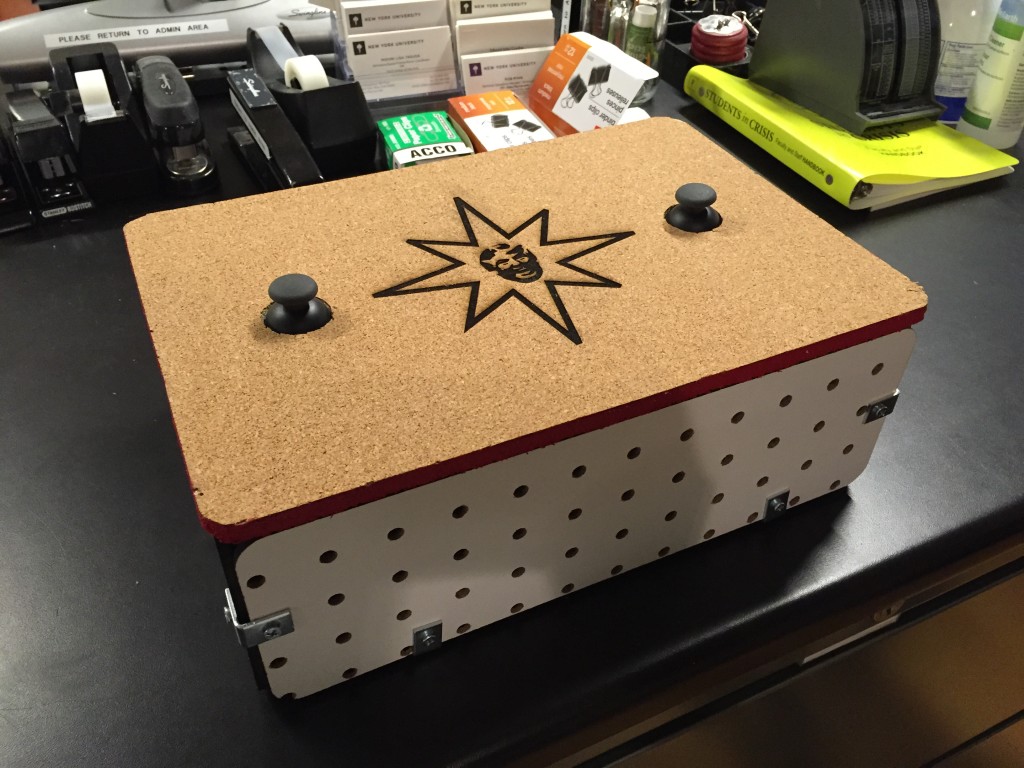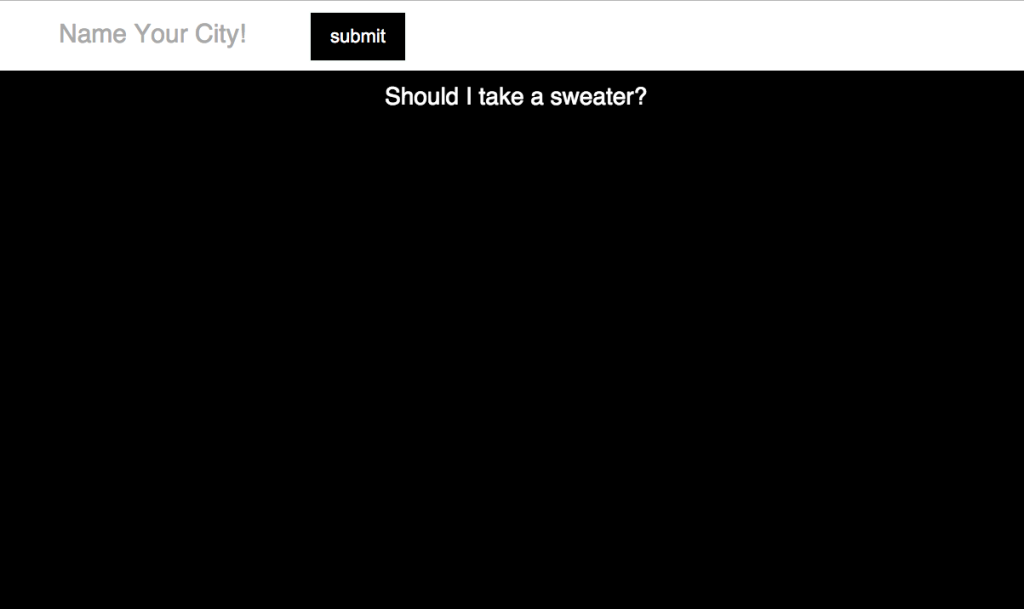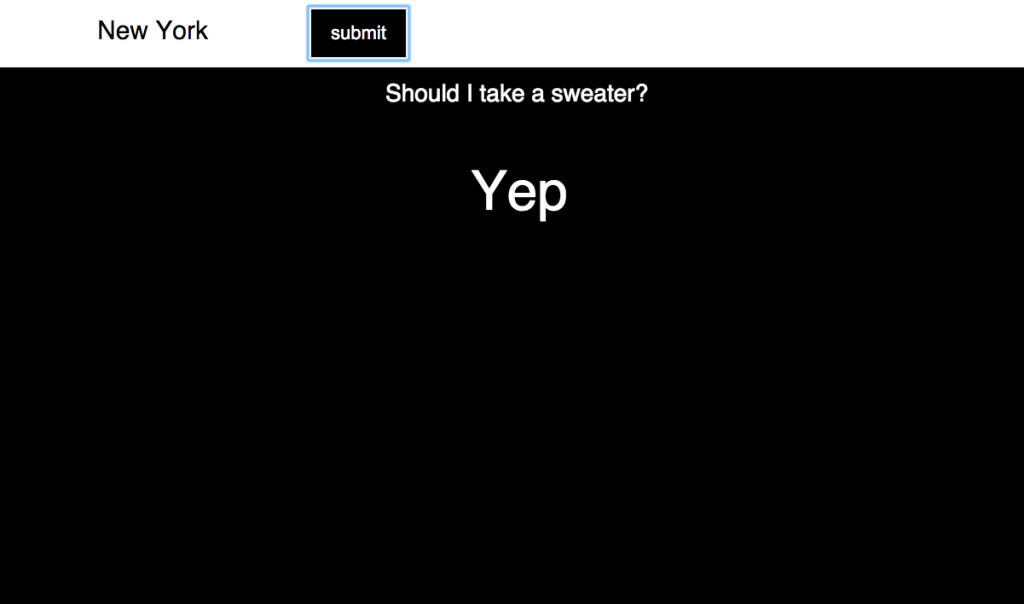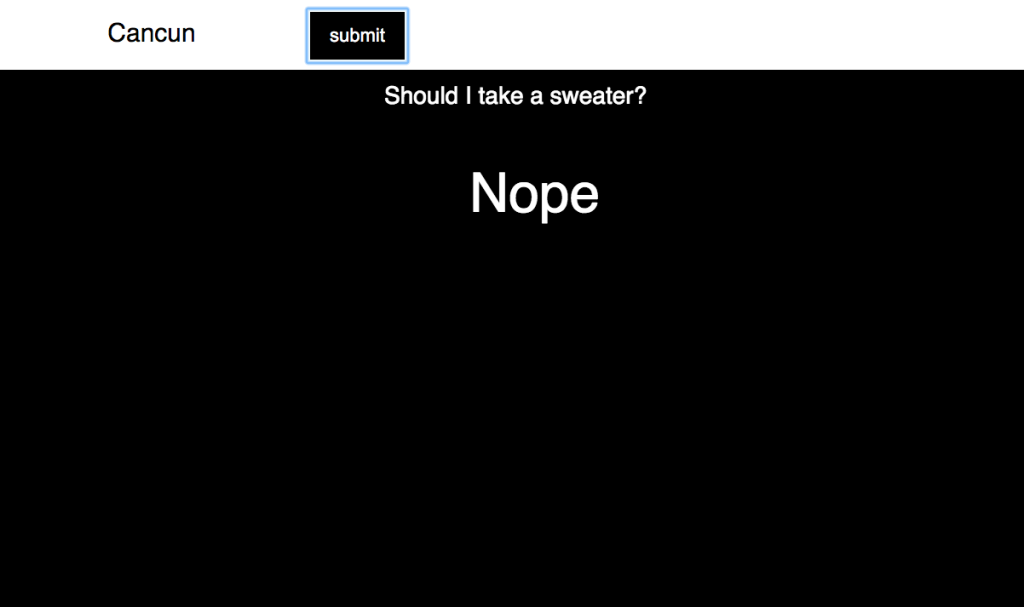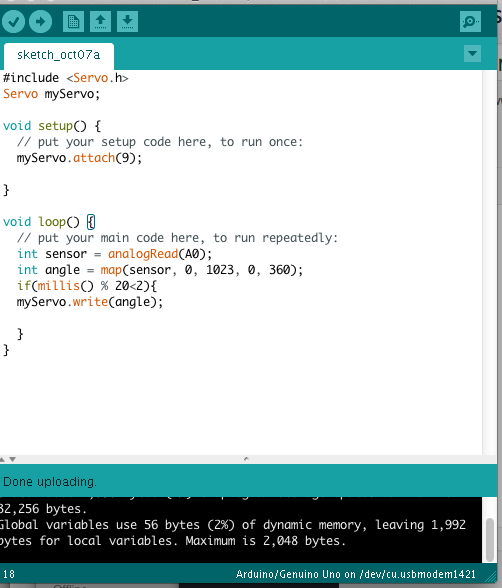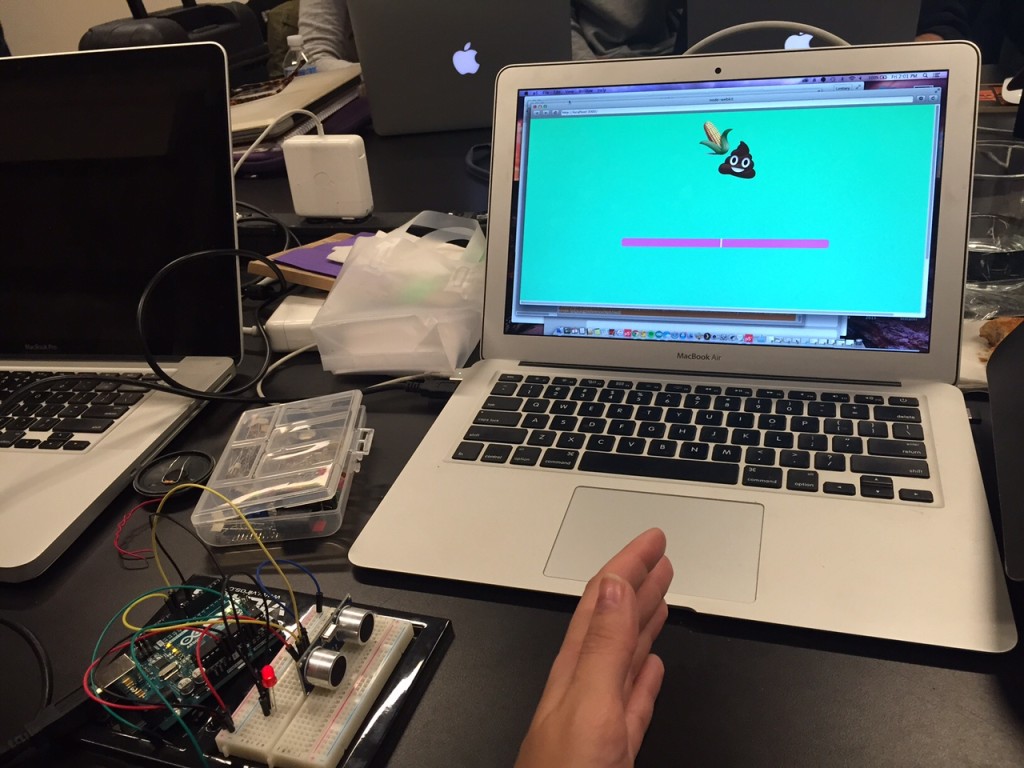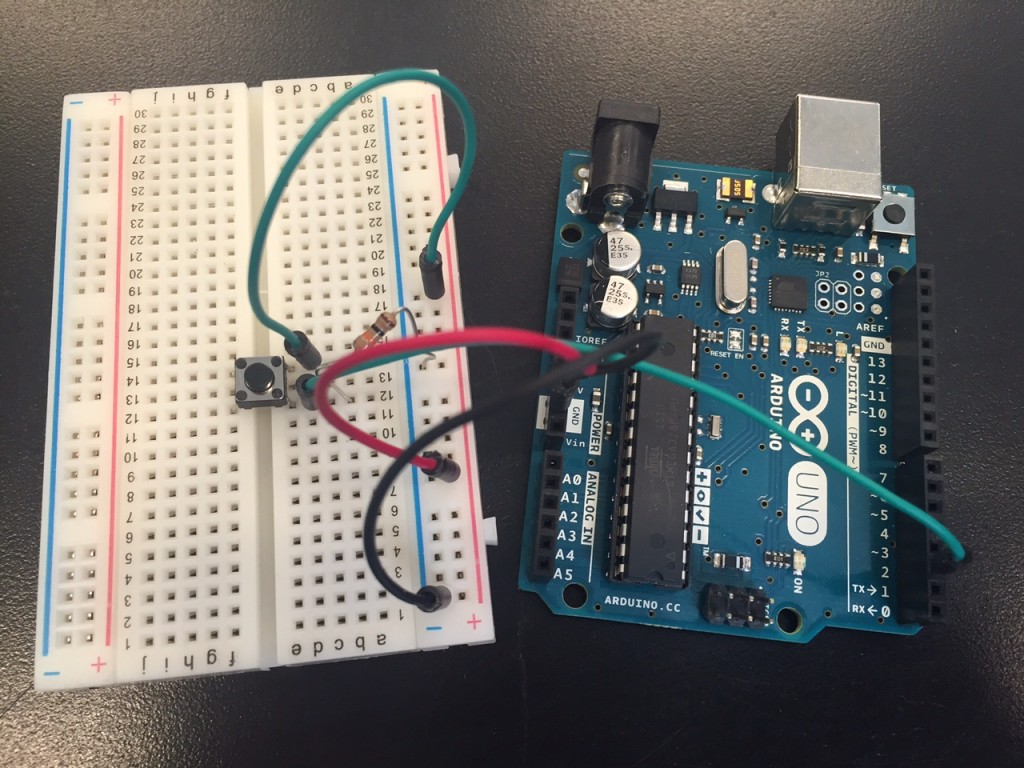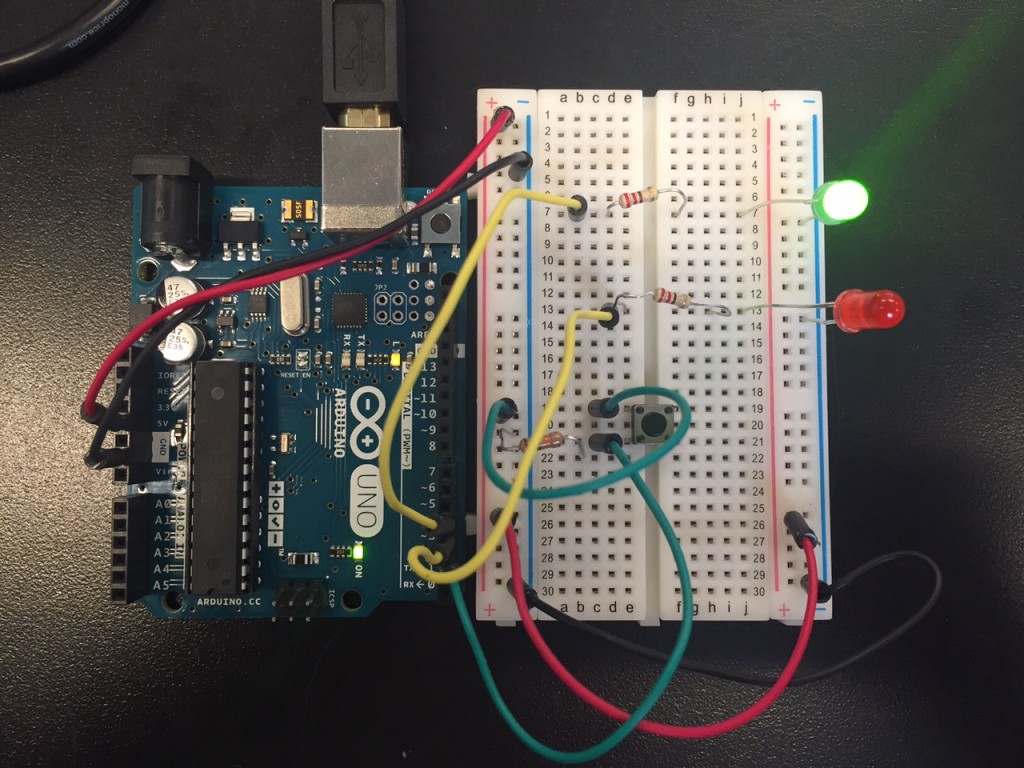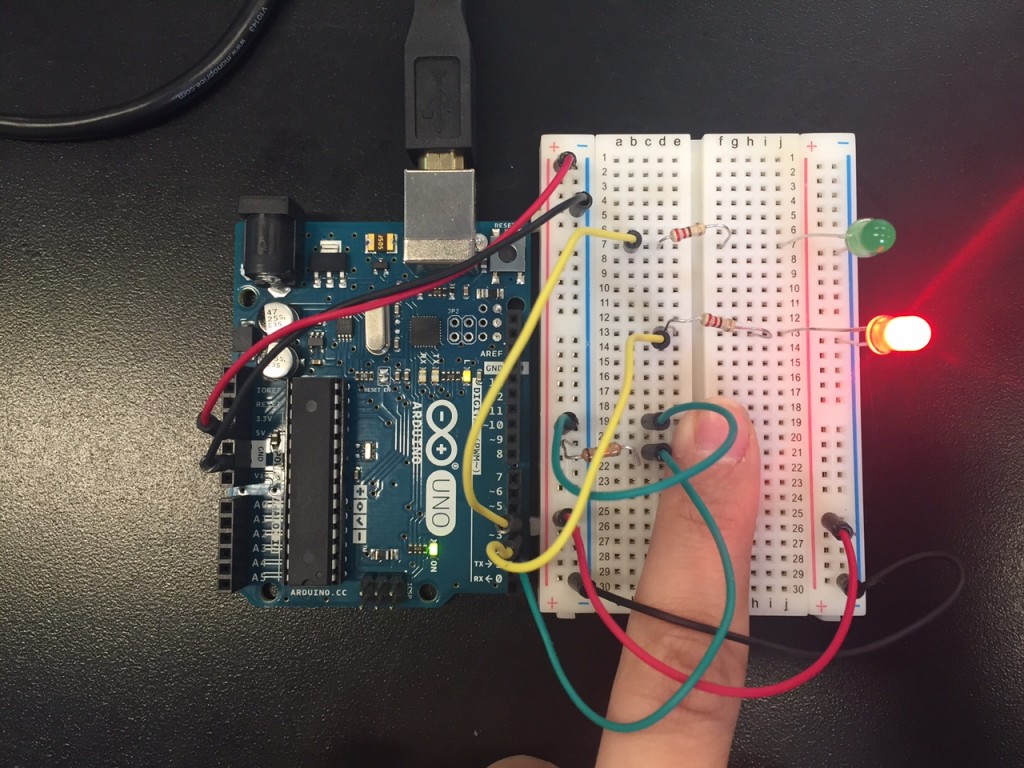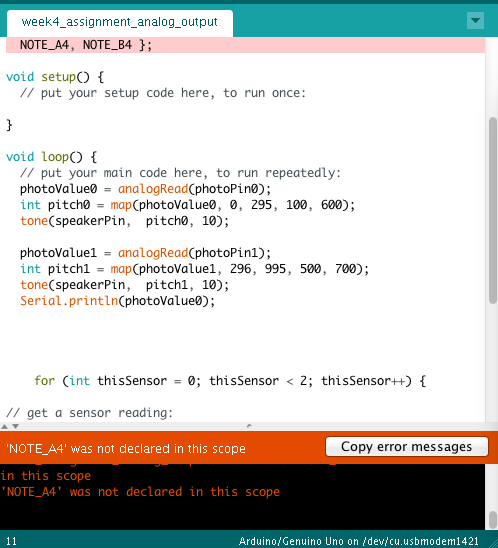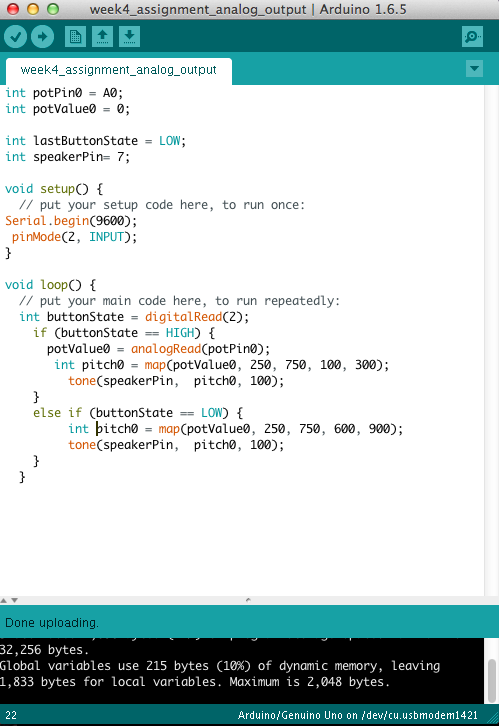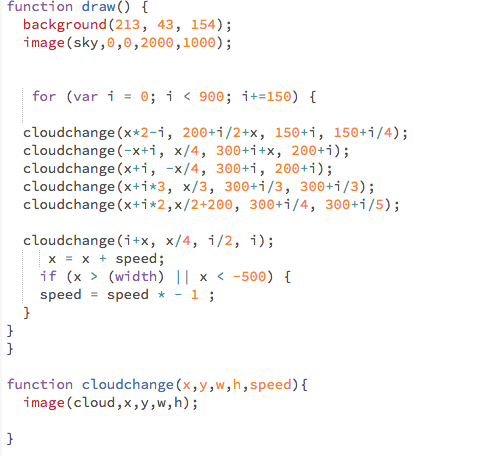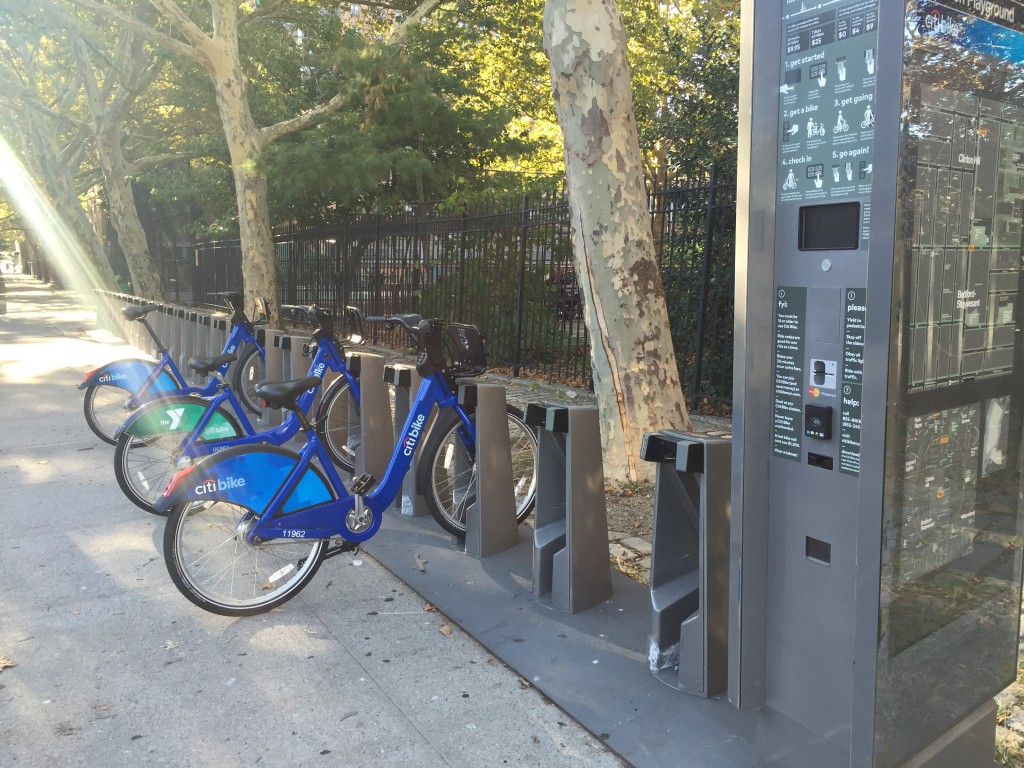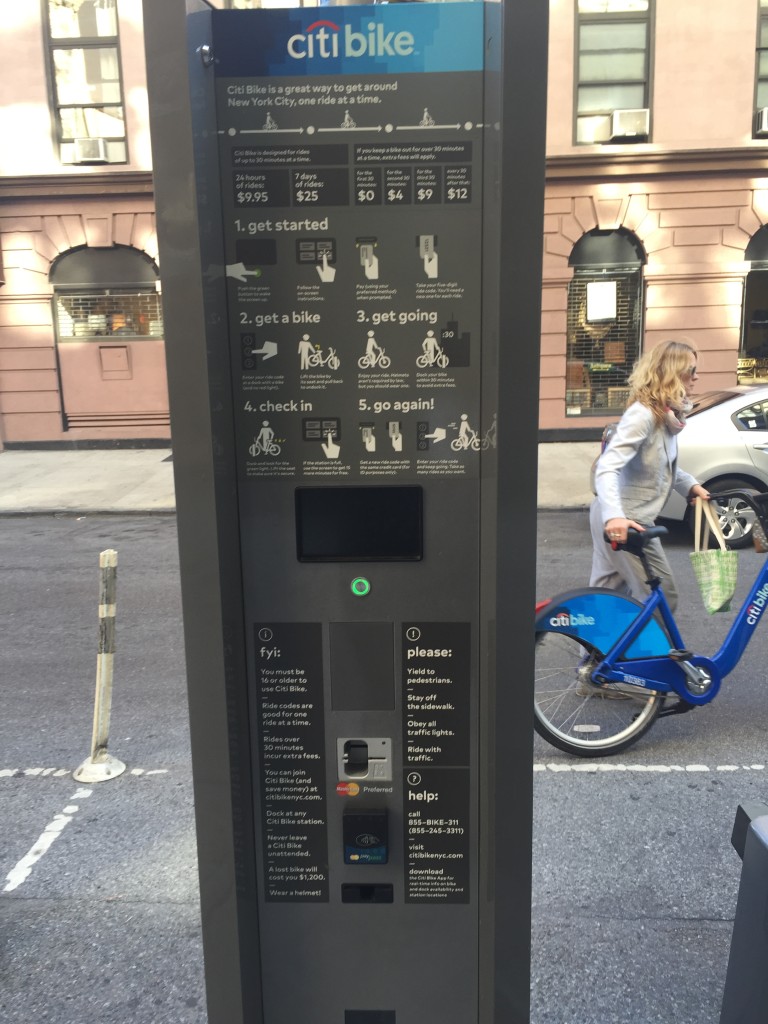I am still unsure on what the exact details of my final will be but I have found myself gravitating towards adult play. There are a few parts to this. The first is giving a lack of instructions. I like the idea that an adult will use their curiousity to test out things when they aren’t given step by step directions. Also, I like having an aspect that would make someone do something that would normally considered strange (for example, make a strange noise or move in an odd way.) The final part is the physical touch of it. I want to have something that feels good to touch so it makes people want to play with it.
With that being said, this is some of the ideas that I came up with:
One idea is the Music Grass. This is an idea that was thought of with Paula Ceballos. We discussed having some form of strings that when you touch them, they create a light and a certain note. As this idea was discussed, we branched off into a couple other ideas. One that I liked is a musical instrument made out of “grass.” For this, it would use EL wire to create light when you touched it. Then using a mapping function we can have different types of sounds come out depending on where you touched it. Theoretically, you would be able to play it as the user learns where to touch it to get a certain sound. Another aspect of this idea is that it is scalable with the number of wires and placement. The sensor to use is still not completely clear but I am toying with idea of capacitive touch.
Another idea is to take old fashioned toys and add a level of technology to them. An example of this is making an etch-a-sketch that uses volume and frequency to control it. I previously did this in ICM using just a digital etch-a-sketch but I could add in a motor to move a physical etch-a-sketch and have a microphone attached.
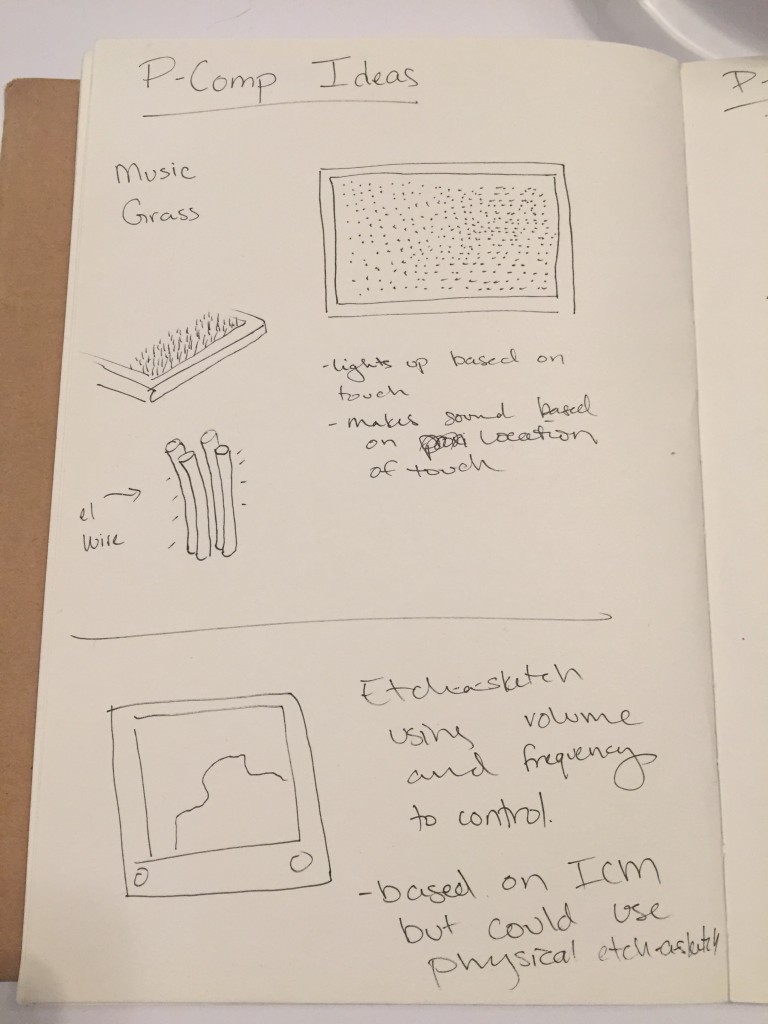
A final idea that is Sand Band. Sand Band is essentially a sand box that would have sensors on the side and play music/sound based on the height and position of the user’s “sand castle.” For this, I think the challenges would be figuring out the sensors and how to create a nice noise. For the sensor, I am currently thinking I could use a proximity sensor to base it on the depth and have multiple ones around the box with different distances so where you “played” would have different notes. In regards to the nice noise, I could either have a delay in the note or possibly just have a specific sound playing that would repeat. An inspiration for this is Gilles Azzaro turned a 39-second snippet of President Obama’s 2013 State of the Union address. However, I don’t think this has a sensor that is actually reading the wave forms.

Update: Another Reference for Sand Band
